Onnokaen
Nothing grows in salted fields.Onnokaen is a ritualistic practice that involves setting alight one's own fields, practiced only in the war-torn nation of Osori. While its origins lie in the destruction that has seized Osori's history, it has become a deeply spiritual practice for the Koane people that have settled in both the Western and Eastern Barrier Peaks.
Each year, as the Starsear leaks more foul energy into Osori's soil and the forces of Shiar and Keselam jostle at Osori's borders, the rite of onnokaen begins. Each year, as the heat skyrockets and fields threaten to turn fallow, the rite of onnokaen begins. Each year, as winter brings its monstrous storms and drowning rains, the rite of onnokaen begins.
For onnokaen is not simple destruction, thoughtless and formless. It is a way of survival, and a means of warfare. It is also a perfectly valid farming technique, no matter what any druidic detractors might say. The Circle of Harmony may think it foul, but their heads are not the ones on the line.
Not too much flame, nor too much salt. We must make sure we survive.
Executing the Rite
To perform onnokaen is simple at its base level. One simply needs to set everything edible on fire within a reasonable radius, and if possible, prevent or taint water sources to make them also unusable. Nothing permanent can be done, but Osori is full of patient people who will gladly travel elsewhere while they wait for damage to be undone. They have all done it before, after all.
Naturally, there are many caveats and iterations of this approach. Communities with access to mages or experts will typically possess variations on the standard form of onnokaen to take advantage of these skills: a druid is capable of blighting great swathes of land and healing it in another breath, for instance.
Meanwhile, an engineer may find complex ways to mechanically disrupt and conceal water supplies so that magic cannot locate them, and alchemists have many a reagent that can temporarily render fields barren or set things on fire more easily. Wizards have their illusions, ninja have their stealth to sneak behind enemy lines and cut their supply lines from the back. Onnokaen is a team effort, not a solitary rite.
The most fervently religious swear oaths to their war-deities - most commonly Gorum - and seek divine assistance in salting the very earth they rely on. They lay waste to all they can while armoured to the nines, aiming to both intimidate the enemy whilst also inevitably driving them back through hunger.
History
The flames of destruction lead to our salvation. Before they can extinguish our light, we will lead them to a ruin from which they cannot escape!Osori is not a young nation, compared to many of its fellows. While Shiar has scant been a nation for six centuries and Keselam boasts only slightly longer of a lifespan, Osori has held tight to its position since prior to the Worldrend that saw the Starsear burned into its southern reaches. For five millennia, the small nation has clung to its existence, struggling against much larger foes and twisted horrors that no other Takawaokan nation can bear. Were it any less resilient a nation, it would have collapsed in that intervening time. Indeed, its government has fallen to pieces many a time, and the nation's territory has at times dwindled to a sliver as wars press forward. Yet the people live on, confident that through their strength and spirit - and their ability to set things on fire - they will continue.
Onnokaen was developed as a means to survive against these constant threats. The terrain around Osori's borders is cruel and unrelenting, with the barrier peaks at either side serving as unstable monster-infested pillars of protection.
Armies attempting to march through above ground must contend with extreme weather and terrain traps, while those seeking a path underground must navigate through horrific insectoids, fast-paced lava rivers, and a network of traps and dead-ends that has been established over centuries.
While this isn't the biggest deal, for most army commanders are aware of the limits, it does take a significant amount of time to safely make one's way through Osori's border hells.
Time is the real weapon Osori has ever relied on, and is the reason why onnokaen works. By destroying and tainting all sources of food or water along the path the army travels, enemy commanders must make the tough decision of whether to try and press on in the hope that there will eventually be food, or turn back while they still can.
The First Flame
Come, brave one. Charge into our land, so sure of your victory. You'll feel hunger's claws soon enough.In the first millennium, while the chaos of the Worldrend was still settling, nations rose and fell as if that were the fashion of the time. An enterprising merchant, known mononymously as Menehaute, had managed to reunite with distant family members that had lived their own lives upon Terra Arcana. With their encouragement, Menehaute set out to build a trade empire across Takawaoku as it grew, eventually founding a sprawling nation on the fertile terrain that would one day become Shiar and Nahazan. His goal was to claim the entirety of the region around the Sea of Souls in the hopes of creating an undefeatable tropical gem and beacon of international trade, powered and served by the arcane might so many of his fellows were scared to use.
Menehaute's forces grew rapidly as he expanded through the mountainous regions and verdant fields, attracting many a peasant or sellsword alike who liked the sound of the fertile paradise he promised them.
When it came to Osori, however, Menehaute's dream would come to an unceremonious end. His advisors saw no issue with the sharp teeth of the Western Barrier Peaks, and the army marched forward with plentiful supplies, confident that they would reach Osori's beautiful fields in no time.
Unfortunately for Menehaute, summer was at its height, and Osori was not as unprepared as he'd hoped. The people of Osori were fearful of new Incarnadine movements that threatened them from the south and had gathered close to the peaks, where wildfire menaced their crops due to the lack of preparation they'd had for their sudden migration north. As they caught wind of the arcane scouts, they initially panicked. Head-on warfare would have been an easy loss.
Victory did not come quickly, and there were still losses, but the news came eventually - Menehaute had fled, half-starved and mad, and his men had gone with him. When Menehaute tried it again a few months later, in the rains and snows of winter, the people of Osori had already planned how they'd stop his assault.
Shamed, he fled again.
He tried once more in the spring, hoping that the threat to their own food supplies would stop the Osorans from destroying what they could. He brought more supplies and more men, fortified with divine magic to create his own food.
What Menehaute hadn't expected was for the people of Osori to realise that this technique also worked on the furied Incarnadine that plagued them. Instead of purely fighting Menehaute with their own desperation, the Osorans set careful blazes and trails to lure a force of incarnadine brutes directly to Menehaute. The ensuing lesson was certainly memorable - if short.
Related Organizations
Did you know there's a number of poisons we can brew in Osori that are only possible with access to soil tainted by the Starsear? It means we've gotten very good at building a tolerance to having it in our water supply, but the enemy... well. They're less lucky.
Impact of the Lament
Those aware of the effects of Gaia's Lament may now be looking at the practice of onnokaen in horror. For the unfamiliar, the Lament was a magical curse that took effect over the entire continent of Takawaoku for a significant period of time. It prevented any magical effects that spawned food or water, and led to immense spreads of famine across the continent. While Osori was significantly affected by the Lament, it was not due to their practice of onnokaen. While onnokaen does nowadays have magical components, the original concept relied entirely on fire-regenerative or quick-to-regrow flora, and these still make up the majority of Osori's stable food supply. It did, however, make it even riskier to invade the nation, with their enemies more uncertain of their food supply than ever before. Shiar thus resorted to cool tensions and subtle manipulation during the Lament, while Keselam simply adopted the philosophy of ignoring their neighbour and hoping they'd just starve.Hey, What's That Weird Salt?
Ah, you caught that mention. Well, arcite is an odd ore spawned by the destruction of Terra Arcana. It is incredibly highly reactive, especially when exposed to force or to other similarly-charged ores. Much like how some salt is pink due to trace amounts of mineral buildup, Osoran salt is faintly blue due to trace amounts of arcite in the nearby earth. Though it is only a faint trace, Osoran salt nonetheless can surge with bursts of ley energy if provided enough stimulus. Since the increased salinity makes it harder for plants to go and it can also serve a function similar to a mine if anyone attempts to use magic on an area seeded with Osoran salt, as high quantities of salt can explode just as well as arcite itself can.We've actually made pretty good trade alliances with Tzoltekan because of onnokaen. They're also people that dwell in flame, so they're huge fans. We of the the Koane are also distant sisters of their Xotecah! Sometimes, they send us extra sulphur supplies or magma cores to help screw over the next people that attempt to invade us. Helps that they also dislike Shiar.


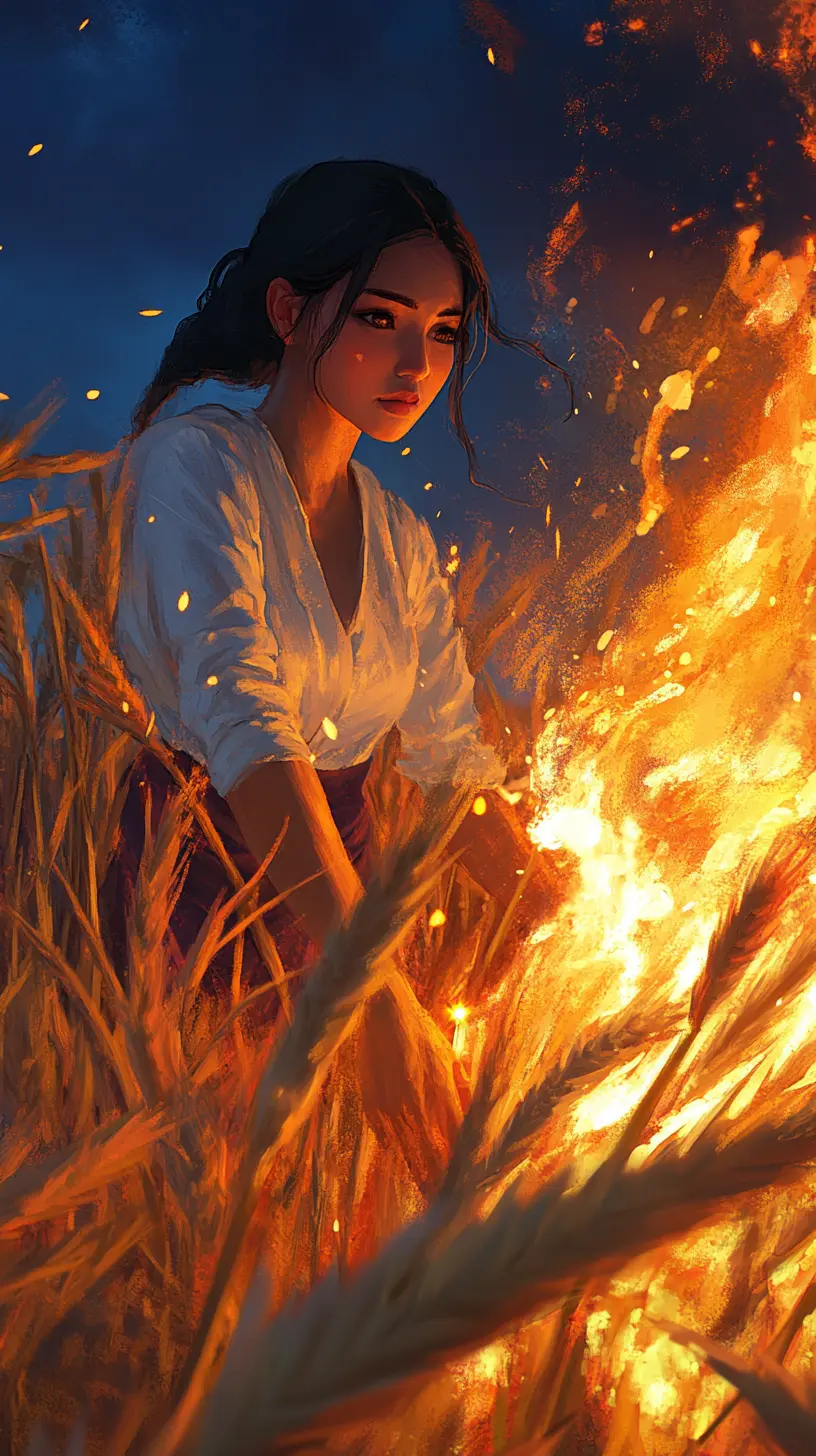
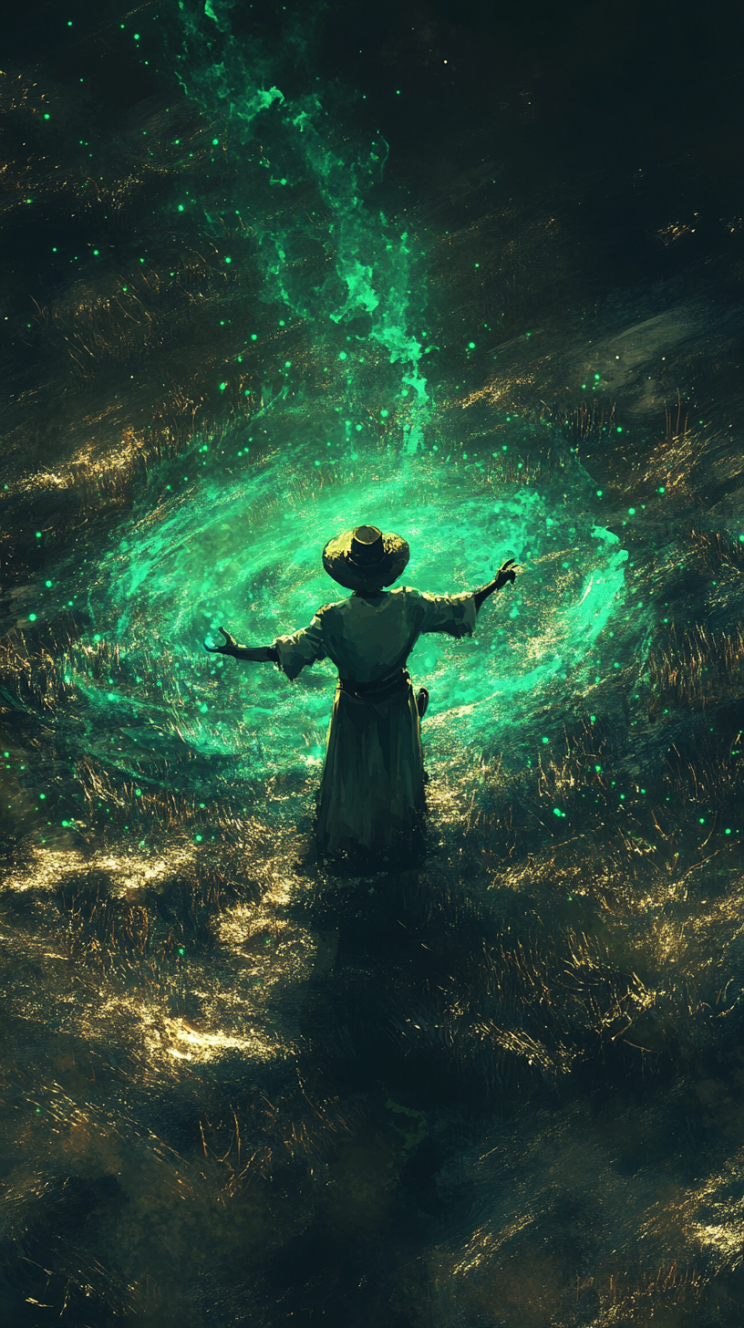
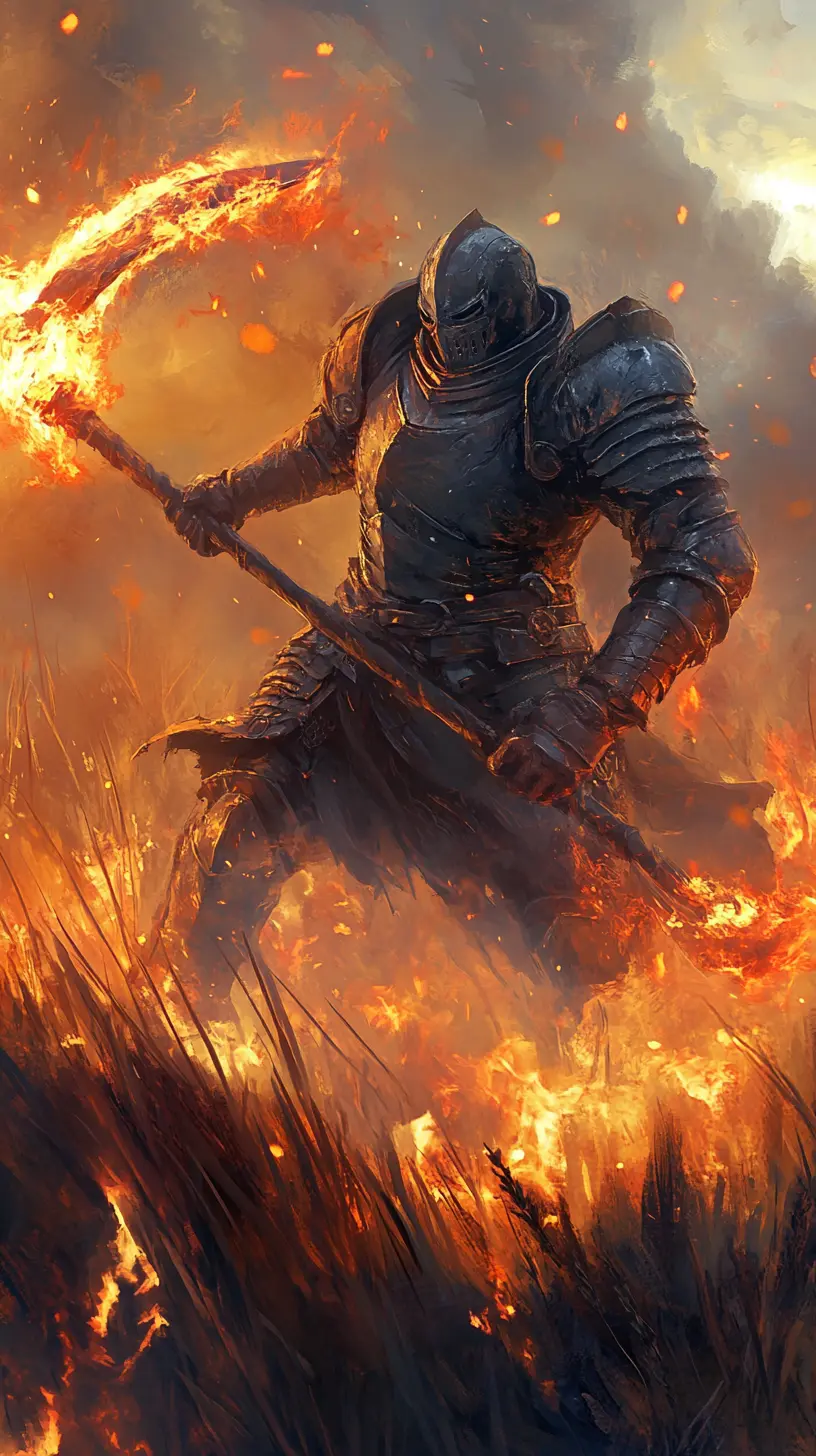
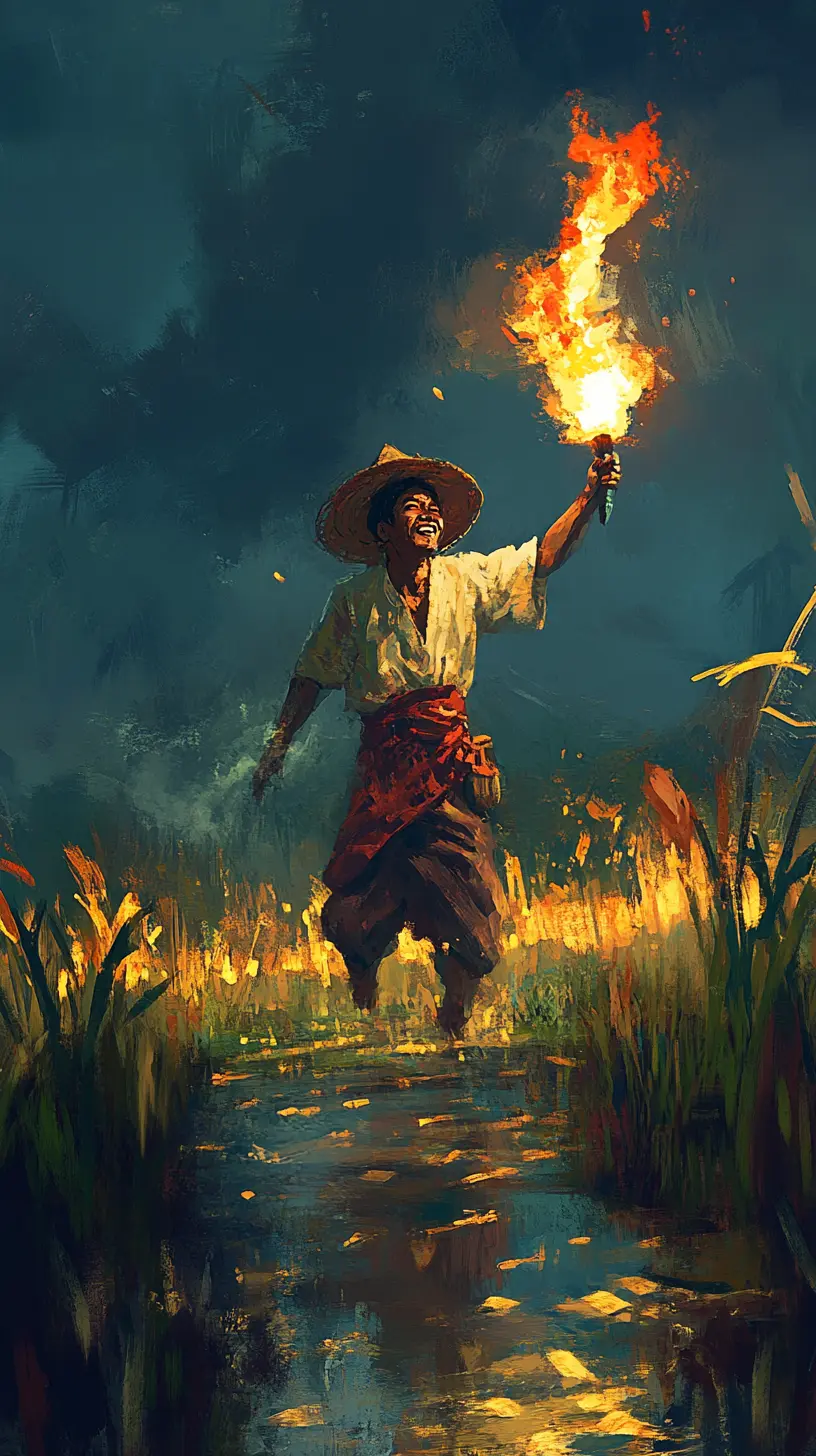
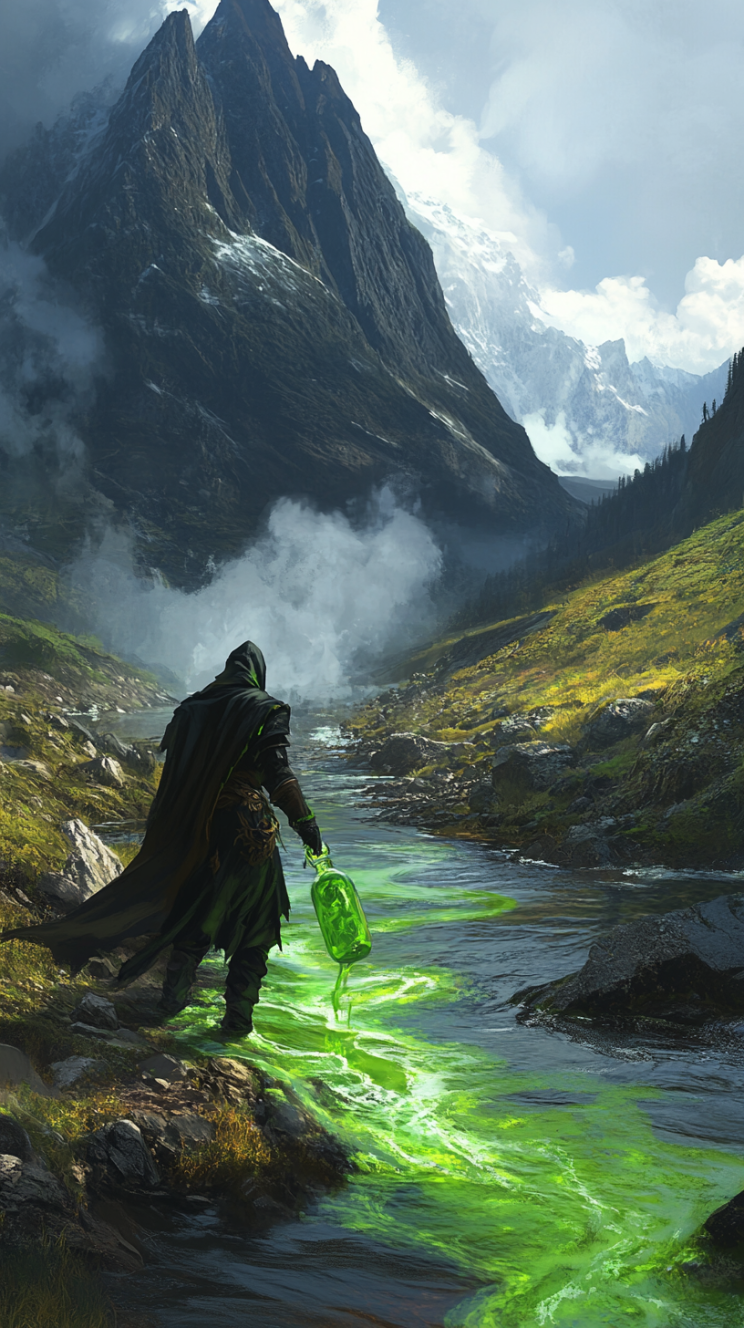
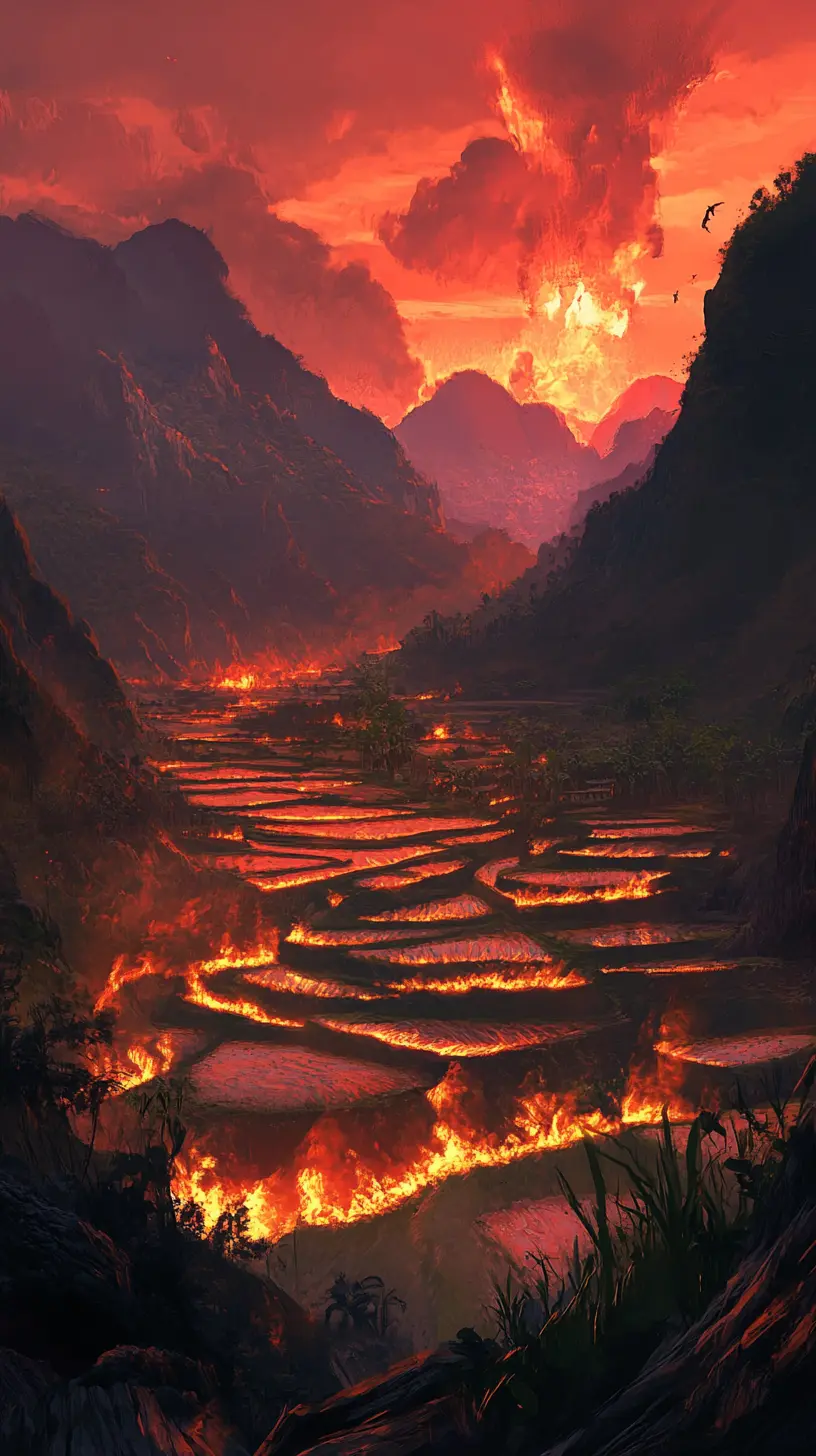
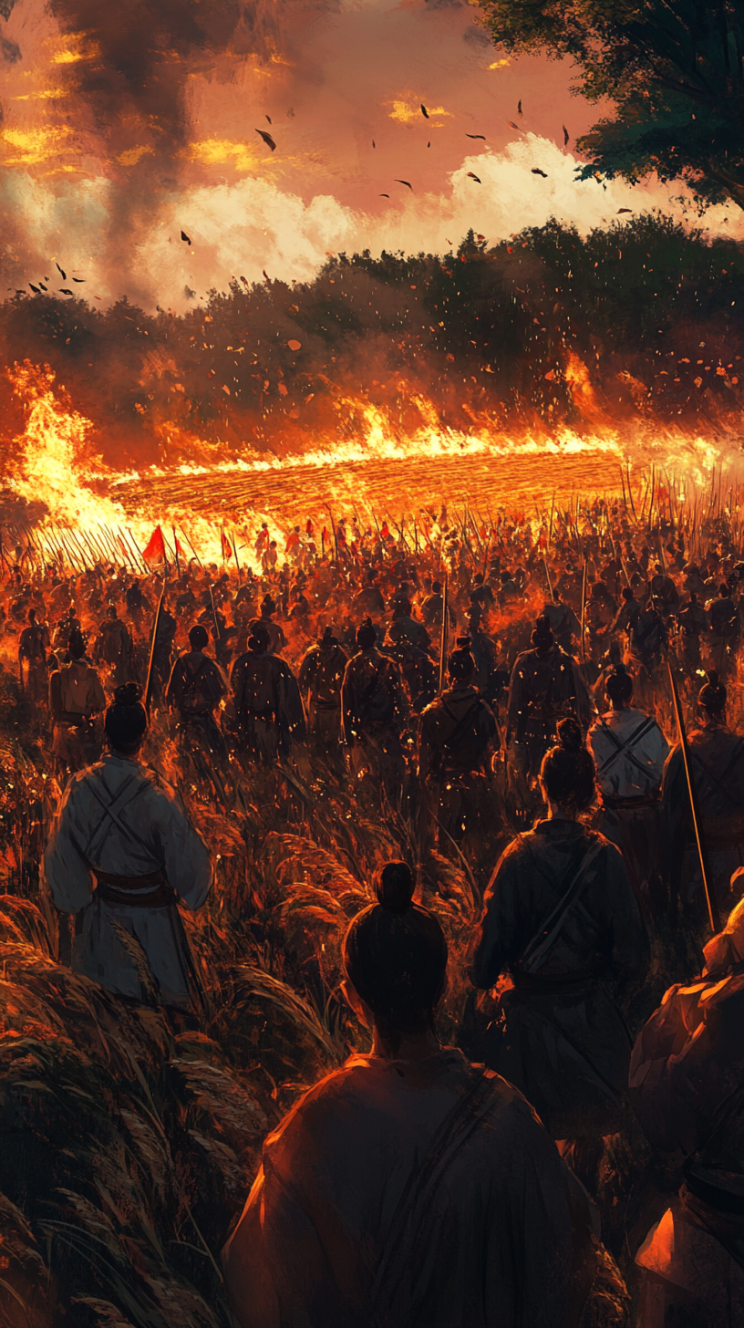
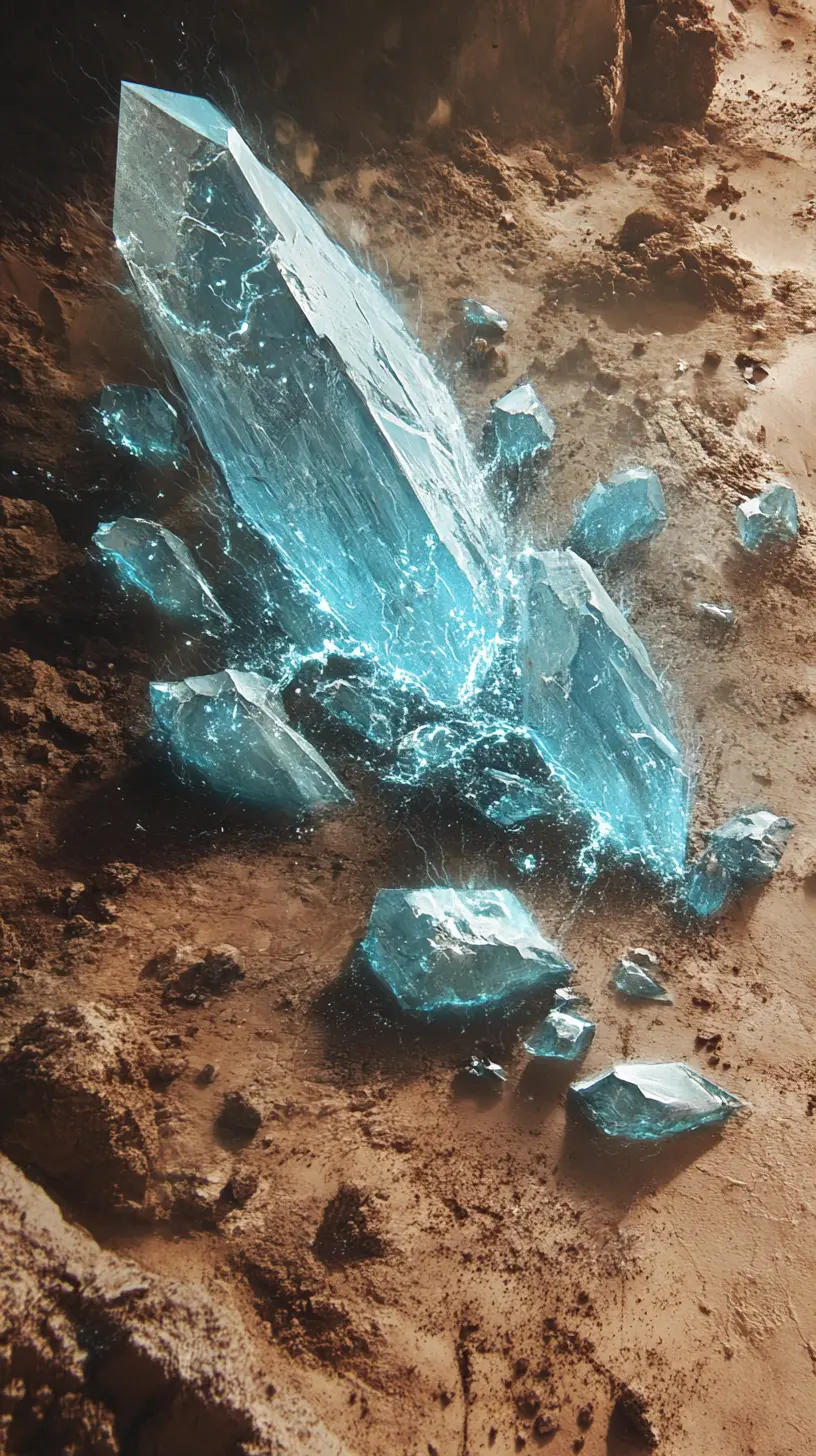






A ritual of agriculture tied to the horrors of war, Han I do adore this twist for this prompt. Its an amazing story, a tragic one in many ways, but also a heroic one showing a people of great resilience, in arguably an impossible situation and yet, life as they say, finds a way. Sometimes that way is messy, and brutal and difficult, yet it does. The peoples of Osori have my infinite respect for their dedication and commitment I can only imagine the risks, I can only imagine the casualties even as they became a culture with this sort of mastery of scorched earth tactics. Because to do so with such....precision is not easy, else it would be the way those tactics normally work. It is in fact horribly difficult/about as close to impossible as one can get. Yet they manage. Through what reads like generations of practice and passed down knowledge, they manage, and succeed in a place and situation where by the sounds of it most anyone else would fail. And this ritual has a dark beauty tied into that. Another amazing piece :)
Oh and this article has been added to my collection. Many thanks!
Thank you!! I had a lot of trouble thinking of a ritual for agriculture that wasn't just... boring. I grew up on farms, so basic farming shenanigans have never seemed too special to me, and a simple fertility thing is something I've already done elsewhere x) You can defiinitely tell that I live in Australia with this one! The First Nations people here have used fire in a similar way for centuries upon centuries. (It also helps that I have a fire-themed player whose character hails from this region. I wanted to give her something of her heritage!)
welcome to my signature! check out istralar!